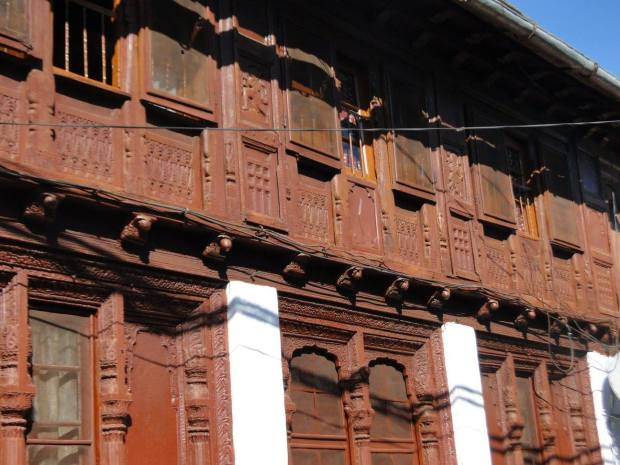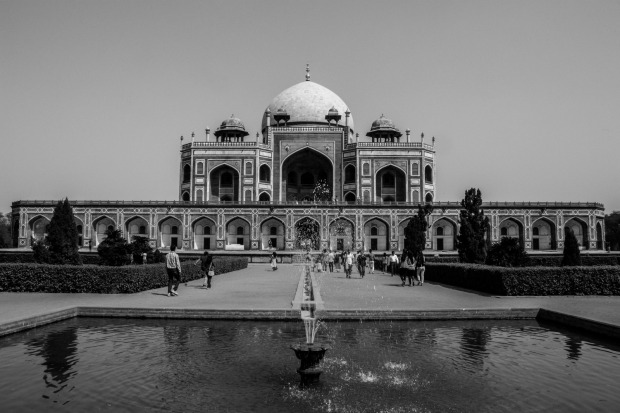
Those walls
Resting on symmetry
Climb up to a bulbous head
And finials reaching out
To a clear firmament.
Those walls
With holes and crevices
Let light in
And shine it out
Out of those rooms
Full of stories and sounds.
Those walls
Of rust red tombs
With six-pointed stars set in sandstone
Chipping away
Living on.


Humayun’s Tomb was declared a World Heritage site by UNESCO in 1993, and has undergone extensive restoration work since.
One fine day, a friend and I were idle, magically, at the same time, and we decided to head to Humayun’s Tomb, the mausoleum of the Mughal emperor Humayun built in the 16th century in Delhi. What ensued was a realisation about how we often overlook the beauty of our own city while hankering for escapes to outstation destinations. A wondrous escape was right here, under our proverbial noses!
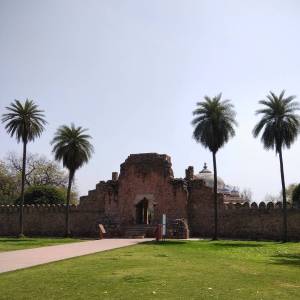
We reached the main tomb enclosure after passing several smaller monuments that adorn the path leading up to it. It was more than 400 years ago that Humayun’s first wife, Haji Begum, commissioned the tomb near the banks of river Yamuna.

The site was chosen because of its proximity to Nizamuddin Dargah, which is the mausoleum of the Nizamuddin Auliya, a celebrated Sufi saint and a favourite among Delhi rulers.
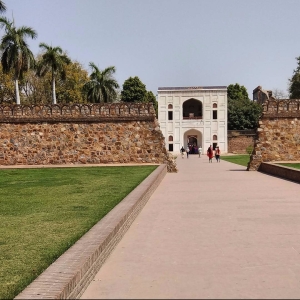
Designed by a Persian architect, Mirak Mirza Giyath, it was the first garden-tomb to grace the Indian subcontinent with its ‘Charbagh’ gardens. The structure portrayed a leap in the design of Mughal royal mausolea, which reached the apogee with the Taj Mahal at Agra.
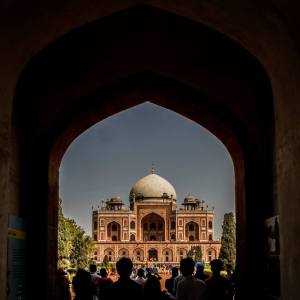
Naturally, it is one of the top tourist attractions in Delhi, being a monument that gives a peek into history together with art and architecture. As for us, this small trip was also a fresh change from the long hours spent amid papers and books and electronic devices.
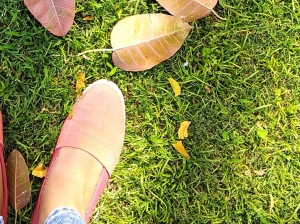
As much as I wish that we had chosen a breezier day and time, the sight of lush green fluff shining bright under the buttery noon more than made up for the mid-March heat.
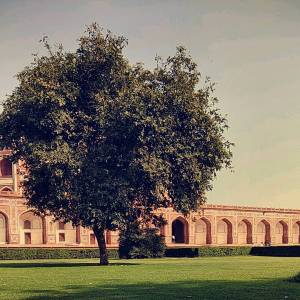
Even more memorable was that this mini-exploration culminated under the cool shade of a tree overlooking the six-pointed stars set in red sandstone, in the good company of an old friend and alloo paranthas packed in a steel lunch-box.
